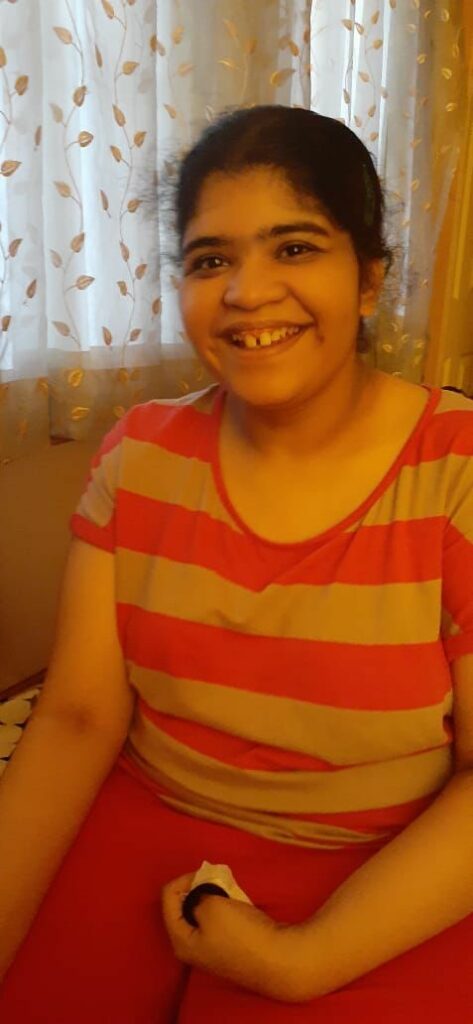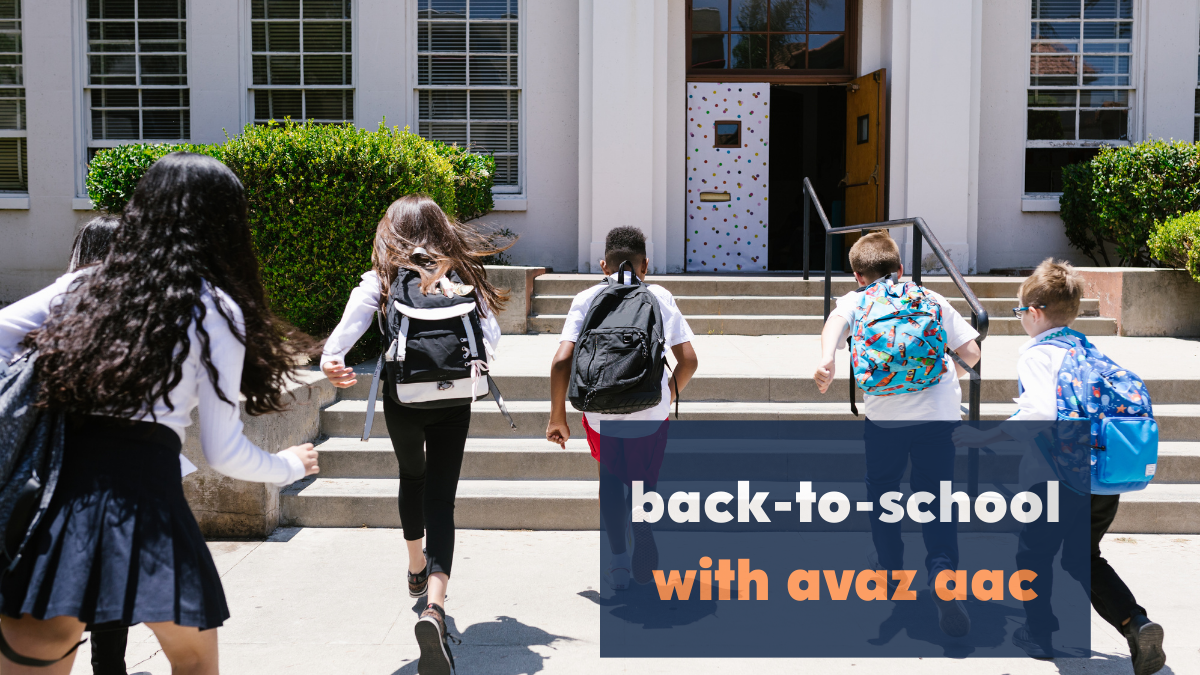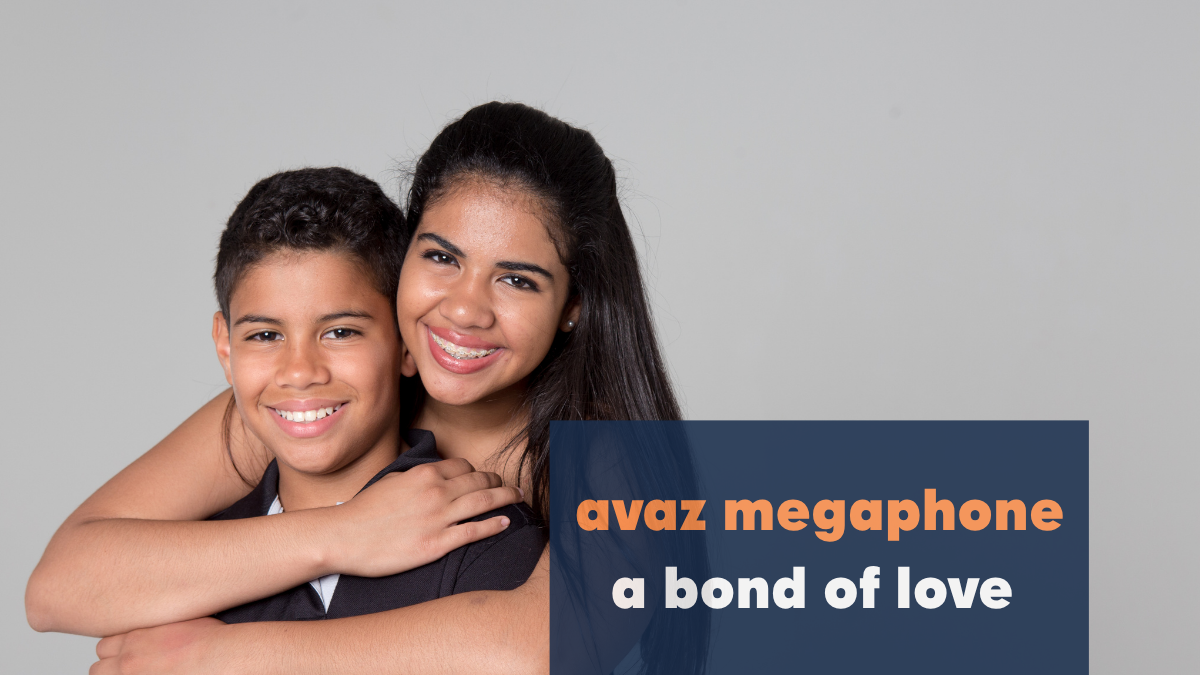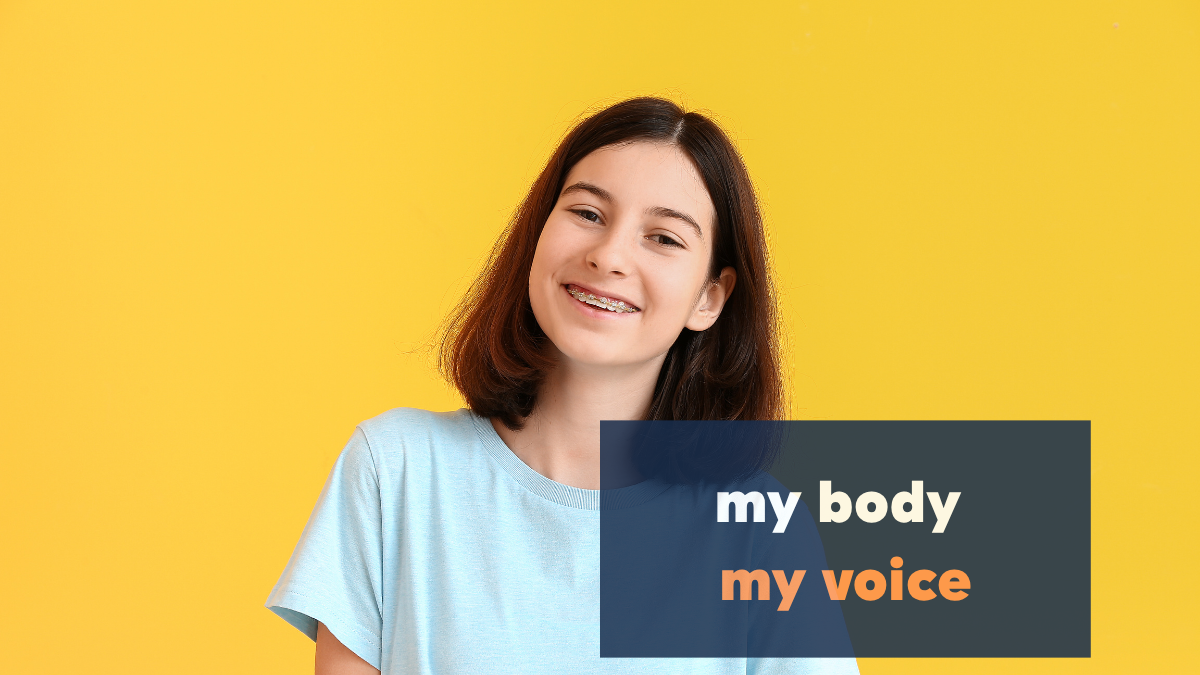October is round the corner, and soon, we will begin to see an influx of content about AAC. So, I figured that it’s a good time to reflect about my journey with AAC and a few dominant themes
that stood out for me in the course of my advocacy work.
This is an Avaz Megaphone feature.
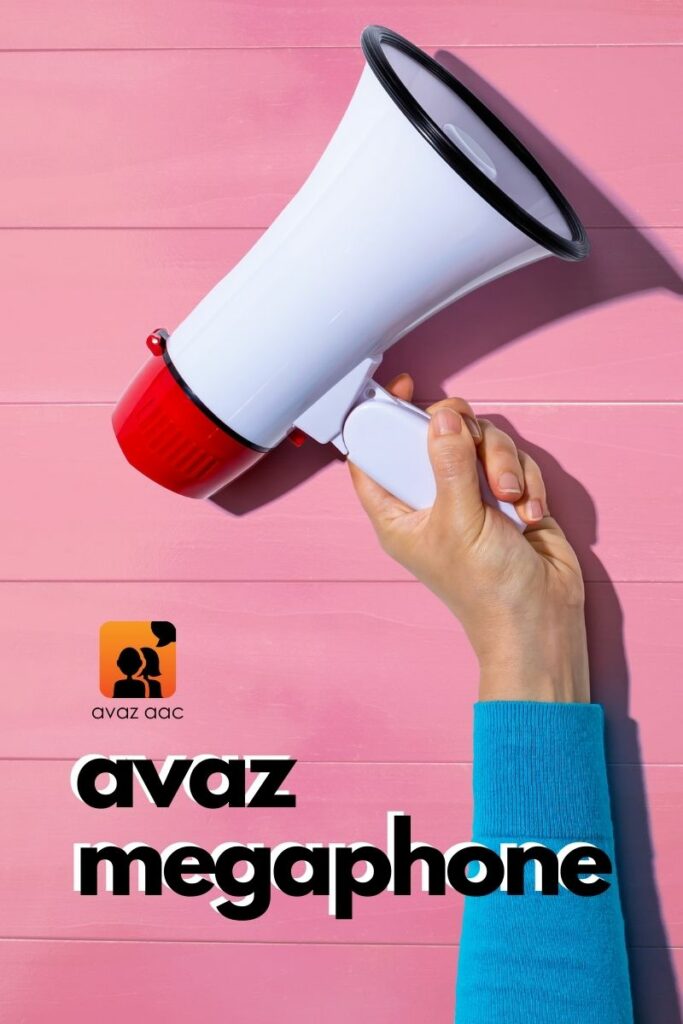

Avaz is my voice; it’s the talker that helps me express the million things that I wish to – a need, an emotion, a thought, an opinion, a request, an instruction and much more. I can use it to tell the cab driver the PIN for my ride, and to tell the barista the coffee I desire. In short, it does all the same things that being able to speak does for you. I have often come across the misconception that introducing AAC to a child will open the gateway for them to become a poet or a writer. This, I believe, is a dangerous misconception; one that creates false expectations in the minds of parents and caregivers. Writing is a career choice, just like accounting, teaching or whipping up scrumptious dishes. People have different interests and abilities. Not every neurotypical person dreams of becoming a writer or a poet. Why would this be any different for us AAC users?! What AAC gives us, though, is a reliable way to express our interest and inclination and demonstrate our understanding, all of which is key to pursuing a career of our choice. Technology based AAC, like Avaz, enable the much needed autonomy in communication, which is essential to access appropriate education and work opportunities. So, if you are a parent or a therapist looking to introduce AAC to a child, do it because a having a reliable mode of communication is an essential survival skill.
As with anything new, the ability to use AAC to consistently communicate is work-in-progress. We get better at this with practice and when we are encouraged to use it at home , school
and everywhere else.
In the context of schools, a parent once told me that her son’s school had reservations about allowing him to carry his AAC device to school, fearing an increase in screen time and the safety
of the device itself ! I believe it’s key to understand that the device loaded with the AAC app is an assistive device that helps us function to the best of our ability. You wouldn’t ask a wheelchair
user to keep the wheelchair safely at home before coming to
school, would you ? Same goes for our talkers .
Sturdy screen guards and covers are a good way to ensure that AAC devices for young children are protected from damage. A child using a ‘talker’ in a classroom is not an aberration, but an
opportunity to make others aware about diverse ways in which people communicate.
In Avaz, I found my voice and a mode of expression that helped build a bridge from my world to yours. The awareness around non speaking autism has grown with the advent of touchscreen
technology, which has made it easier for many more of us to use AAC apps with autonomy and ease. As a result, some of us get invited to present at seminars, webinars and events and share our lived experience. While a part of my presentation is usually pre recorded, owing to time constraints, I make it a point to do the Q and A segment live, for the simple reason that the participants then
get the understanding that it takes longer to type than to talk. Factors like social anxiety make the process even slower in social situations. It helps to remember this while interacting with AAC
users. Give us the time and don’t rush to finish the statement for us.
These are just a few learnings from my interactions with the larger stakeholder group, that I believe, will offer pointers to parents and professionals who are intending to or have just started off on the AAC journey. This AAC awareness month, let’s acknowledge that the true power in possessing a voice is that it promotes autonomy and opens up the pathway for optimal learning and living.
Avaz Megaphone is a platform for neurodivergent individuals to express themselves through the written word. We accept opinion pieces, short stories and poetry. Authors of accepted works will receive an honorarium. To make a submission please email us on: collaborate@avazapp.com
WRITTEN BY
Aditi Sowmyanarayan
Student & Writer
Aditi Sowmyanarayan is a nineteen year old who uses Avaz, a text to speech app, to communicate. She goes to Ishanya India Foundation, a special school in Bengaluru. Aditi is an avid blogger and an aspiring writer. She blogs on www.smallstepbigthought.blogspot.com
She can be reached on Instagram at writeaditi and on her Facebook page : small step big thought
